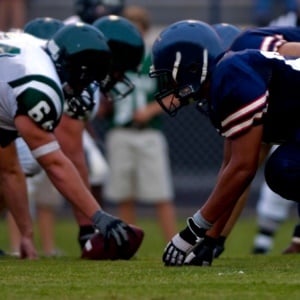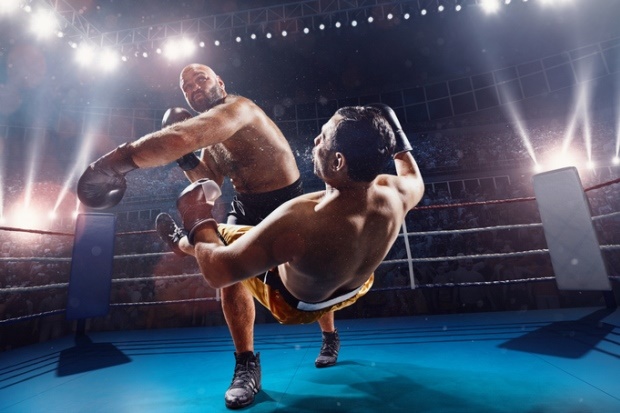
South Africa has its own tales of athletes suffering serious brain damage. Sport24 cites former Springbok lock Krynauw Otto, whose short career as a professional rugby player came to an abrupt end in 2000 when he suffered a subdural haematoma in the left frontal area of his brain on Springbok duty against the Wallabies.
Researchers have shown that brain inflammation from football head trauma may lead to the development of chronic traumatic encephalopathy, a devastating degenerative brain disease.
According to a recent study, rugby involves similar risks, and bouncing the ball off of the head in soccer may not be as harmless to the brain as was previously thought.
A growing concern
Evidence of the dangers of contact sport is mounting, and now Canadian researchers report that playing sports like football or ice hockey can alter the structure and function of the brain.
Brain scans showed that these changes were particularly pronounced in sports that have the greatest risk of body contact.
"There is growing concern about the risk of collisions in sport. However, most of the research has focused on retired professional athletes with decades of exposure to head impacts," said lead researcher Nathan Churchill. He's a post-doctoral fellow in the neuroscience research program at St. Michael's Hospital in Toronto.
"Far less is known about the consequences of repeated body-to-body contact for young, active athletes," he said.
Participants in this study didn't report major health problems. This suggests that the biological effects of collisions don't lead to impaired day-to-day function, he said.
The report was published in the journal Frontiers of Neurology.
Differences in brain structure and function
For the study, Churchill and his colleagues scanned the brains of 65 varsity athletes before the playing season began.
"None of the participants had a recent concussion or any major health issues," Churchill said.
Among the young men and women in the study, 23 played collision sports, such as football and ice hockey, involving routine body-to-body contact.
Twenty-two played contact sports where contact is allowed but isn't a necessary part of the game, such as basketball, soccer and field hockey. Twenty played non-contact sports, such as volleyball.
The brain scans showed that people who played collision and contact sports had differences in brain structure and function compared to people who took part in non-contact sports.
Reduced communication between brain areas
"They also showed changes in brain chemicals that are usually associated with concussion and brain injury," Churchill said.
These differences included changes in the structure of the brain's white matter, the fibres that connect different parts of the brain, allowing them to communicate with each another.
Compared with people in non-contact sports, those who played sports involving a lot of body contact also had signs of reduced communication between brain areas, the study authors said.
In addition, athletes in sports with higher levels of contact had signs of decreased activity in brain areas involved in vision and motor function, the researchers found.
This is a step towards understanding the long-term consequences of repeated head impacts, "and may help us better understand why a small number of athletes in contact and collision sports go on to develop significant health problems," he said.
One specialist thinks this study doesn't go far enough in accounting for the consequences of these changes in the brain that result from playing contact sports.
Long-term effects unknown
The role of prior concussions and head trauma may also figure into long-term mental function – something the study authors tried to control for, but is still a limitation of this research, he said.
The brain is able to repair itself, Glatter noted. "It's more important to look at their symptoms and clinical picture after an impact to truly evaluate whether such structural changes are meaningful in the big picture," he said.
Contact sports that involve potential body contact – such as soccer, basketball and field hockey – may also place athletes at risk for structural brain injury, Glatter said.
"What we don't know are the long-term effects clinically. This certainly deserves additional study," he said.
Image credit: iStock




 Publications
Publications
 Partners
Partners
















